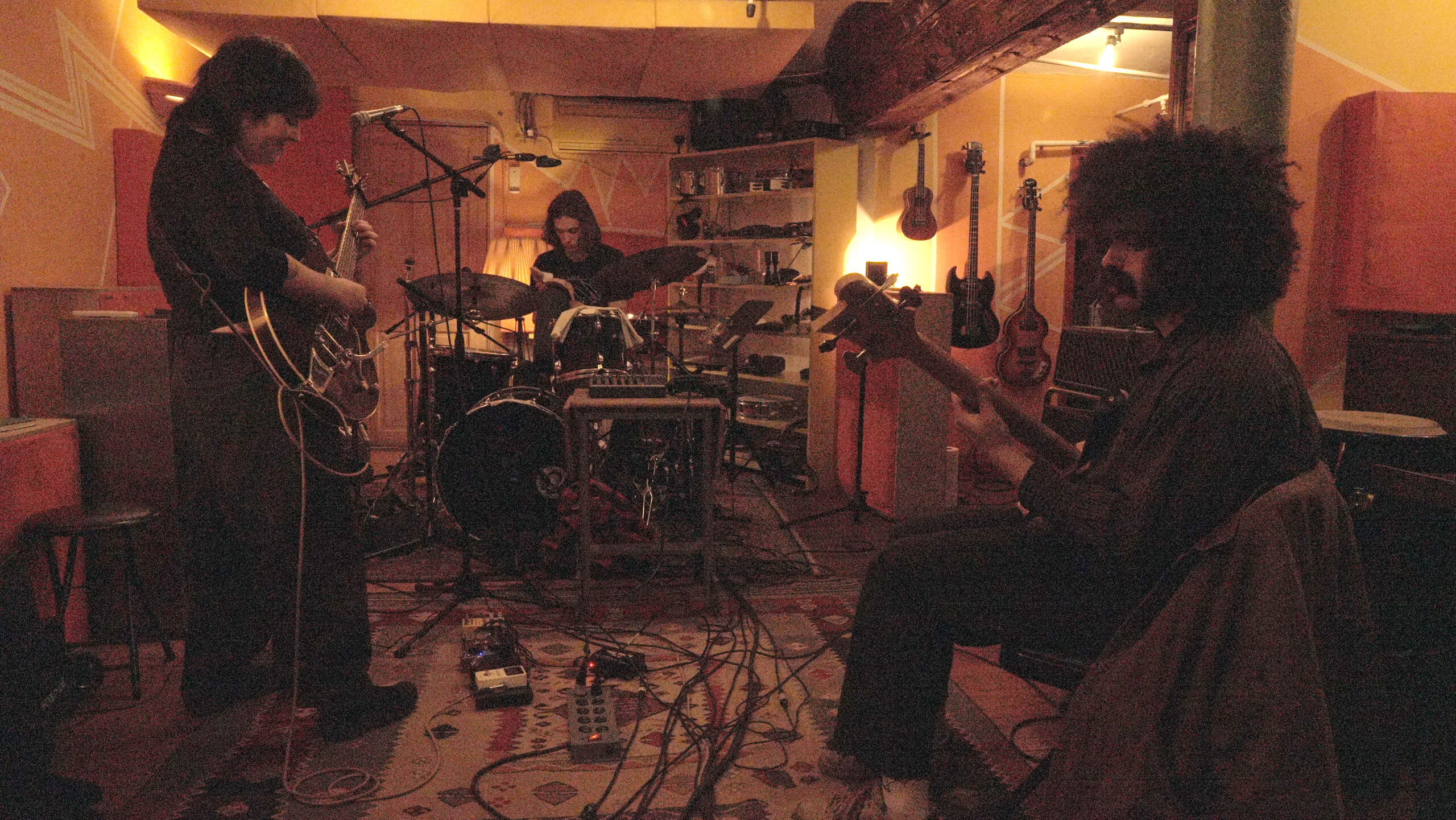Kimberly Lightbody and Miles Kohrman.
Over the course of the summer months, The New School took a significant step towards integrating its many divisions into one, consolidated university: it formed a new division, The New School for Public Engagement. By merging The New School for General Studies with Milano School of Management and Urban Policy, the administration has made an important change with serious implications for how we will move forward.
The integration of The New School’s many divisions has been a long time coming: since the days of Bob Kerrey, administrators have been encouraging increased communication between the schools. When President David Van Zandt took over in January, he redoubled this effort. Now, students can finally see part of that effort come to fruition.
A broad restructuring is long overdue for our disjointed university. Under former President Kerrey, the university’s enrollment was bolstered and its endowment increased. Now, Van Zandt is using these tools to unify our student body. His initiatives include the attempt to synchronize class schedules between divisions, the ongoing construction of the University Center, and now, the formation of NSPE.
Though some students, faculty, and even administrators worry that the school’s integration will threaten each division’s individual legacy, or that academic programs will suffer, the unification of The New School has less to do with downsizing individual schools and more to do with benefitting the student population as a whole. Streamlining services and integrating related academic programs will save funds, prevent bureaucratic hurdles for students, and, most importantly, give students access to more opportunities across campus. Students will have greater freedom and mobility within the university, from being able to take classes in different divisions to having an increased number of TA positions available.
For a long time, New School students have been branded apathetic — and rightly so. The university community has been widespread, disjointed, and ineffective for years. Integrating The New School’s seven divisions —but at the same time retaining each division’s unique capabilities — will benefit the entire university. It will give us a greater sense of fellowship, and in doing so will make for a student body that is unified and proactive. And one day, when we say that we went to the New School — not Parsons or Milano or Lang — people will know what school we’re talking about.







Leave a Reply